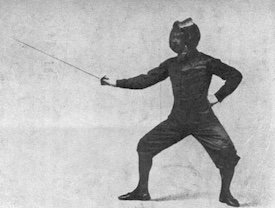1. EEG data has a lot of noise. Poor modeling can turn EEG noise into "signal".
2. the auditory cortex is hard to detect on EEG because it's not on the outer mantle of cortex. it's covered by other cortical tissue.
2. the auditory cortex is hard to detect on EEG because it's not on the outer mantle of cortex. it's covered by other cortical tissue.

























